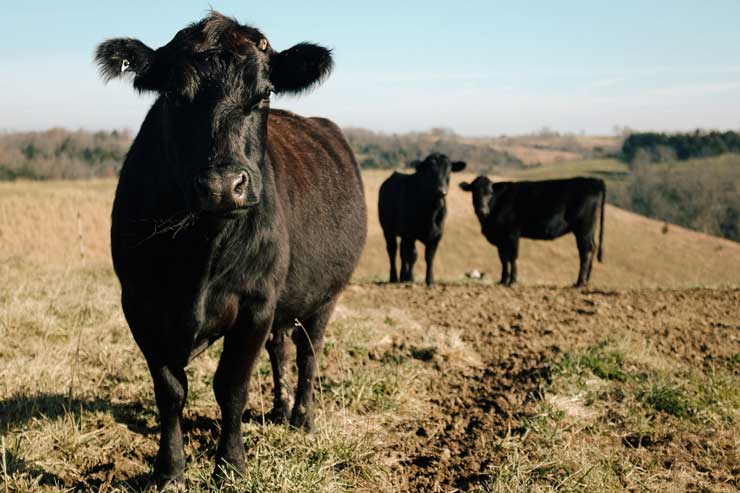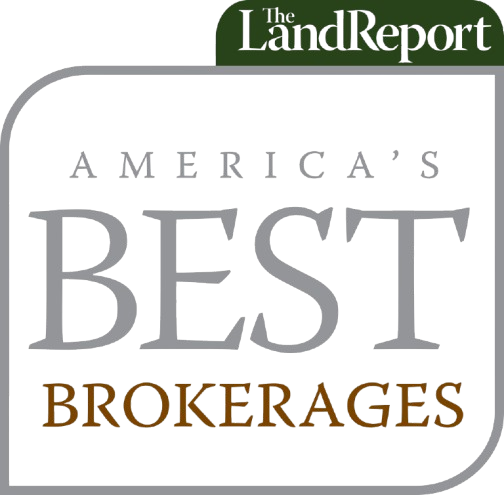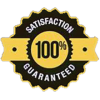Let’s face it, sometimes the most creative thinking that I achieve in a day is deciding how to jazz up my black cup of coffee in the morning. The pressures of production and keeping up with life’s daily tasks tend to prioritize over-thinking about innovating.
Thinking “outside of the box” can be difficult; however, if you can adjust your thinking in this way, it can be lucrative for you. For example, if you have farm ground or land, you may not be attaining the maximum value from it. Don’t worry though because in this article, I will explain how you can create value and capture value.
Adding value just means that you take a product and change or transform it into a more valuable state. Think of wheat. Wheat on its own has value and can be produced as just such but transform the wheat and grind it to flour and the changed product has added value because it can be utilized further. It is essential that farmers think in different ways to break away from focusing all efforts on production. We’ve got to think outside of the grain tank guys.
The current definition of farming extends far beyond just cultivating vast tracts of land. It is no longer confined to only the care of a large number of animals to accomplish profitability. Even those who own less than an acre could achieve viable farming simply by extending your agricultural real property’s potential. There are two ways to add value in your real estate: capturing value and creating value.
Capturing value occurs through changes in distribution of value in the food/fiber production chain. Moreover, the efforts are made to essentially “capture” the consumer dollar by processing or marketing your product. Farmers can capture value by entering the processing arena, directly marketing or packaging your product, or by grouping together with other producers to form cooperatives to build meatpacking or ethanol plants.
By combining resources with other farmers and producers, you can create alliances to reach common goals. Ordinarily, such changes often come with a certain degree of risk. Production skills and risks are typically lower with captured value-added activities because the techniques or generally well known and practiced. Common land capture value tools include transferable development rights and public land leasing for hunting, or in the private ag sector, analyzing when you break even to keep away from your production inputs vs your outputs not making economic sense.
Creating value occurs when a customer sees the actual value or a product that they perceive as superior. The key is to create something that people want or need that has value. Creating value can also be done by enhancing product characteristics, services, brands, or unique customer experiences for farm products.
A product that illustrates how a using products with a brand can create value is Certified Angus Beef. Products produced using special methods including organic production or methods that are environmentally friendly also create value. The current consumer trend that show buyers prefer purchasing foods that are locally produced demonstrates these principles as well. Even though the production practice remains the same, marketing establishes created value. It allows the consumer to perceive the locally grown food as safe and established thus a perception of value. The same theories that value-added production shows are the same ones used to increase value in real property.
With varying land sizes and types, there are numerous ways to improve the value of your property. Install or provide utilities. Raw land is typically worth more if a home can be built there. It isn’t necessary to install the utilities fully as this can be more expensive then the land in some cases, but getting the process started or knowing which septic system is suitable for the soil gives the option to the buyer. Provide or improve access. If you cannot get to the parcel, most choices for what the land can be used for are thrown out the window. Poor access is often the single greatest drawback when attempting to enjoy property. Adding fencing, removing junk, and providing landscaping to beautify your property will increase its value.
Agriculture easily illustrates the difference between creating value and capturing value. Farmers create value by planting and growing crops. However, creating a valuable crop does not do any good unless you are able to harvest the crop, market it, and sell it.
With the proper amount of planning, creating and capturing value does not necessarily require vast amounts of cash. Consult with the team of professionals at Corder and Associates. We are willing to help answer questions and help you add value to your property by stepping up the “curb appeal.” After all, the first impression of a piece of real estate is derived at the very beginning when arriving. Make the first notion one of warmth, welcoming and inviting. Call today to discuss some effective changes and trends in the real estate industry and let’s start adding value to your property.




